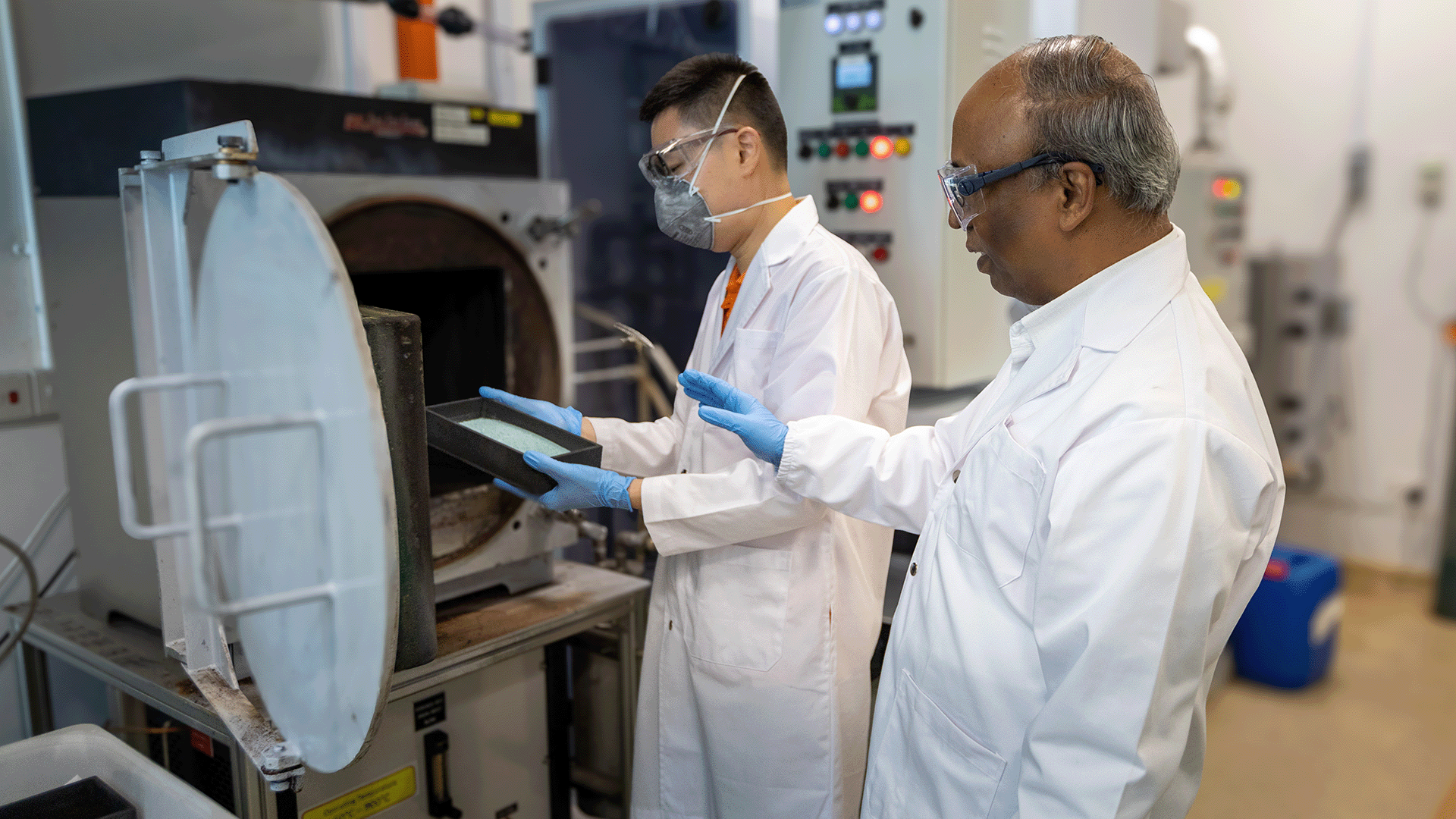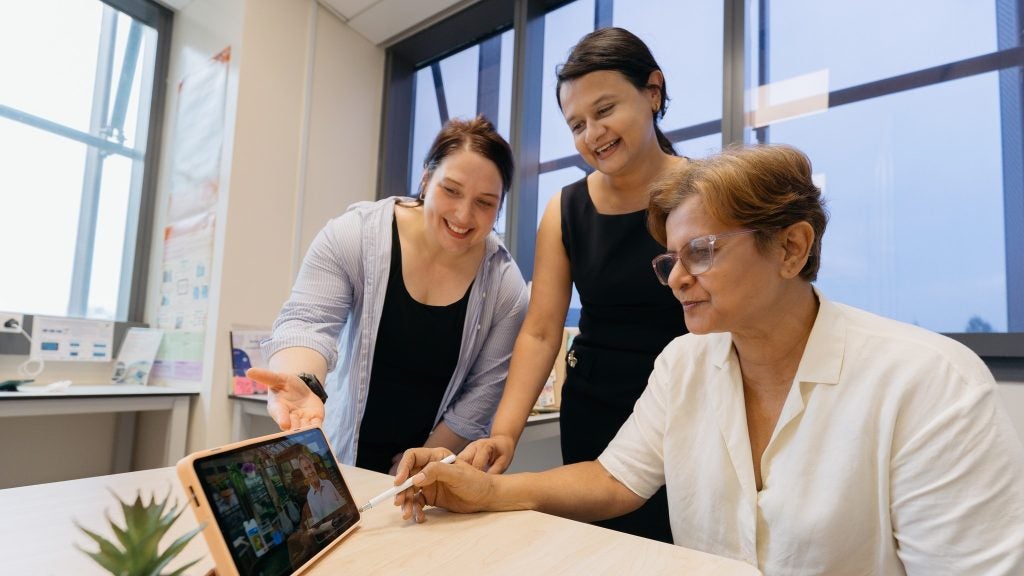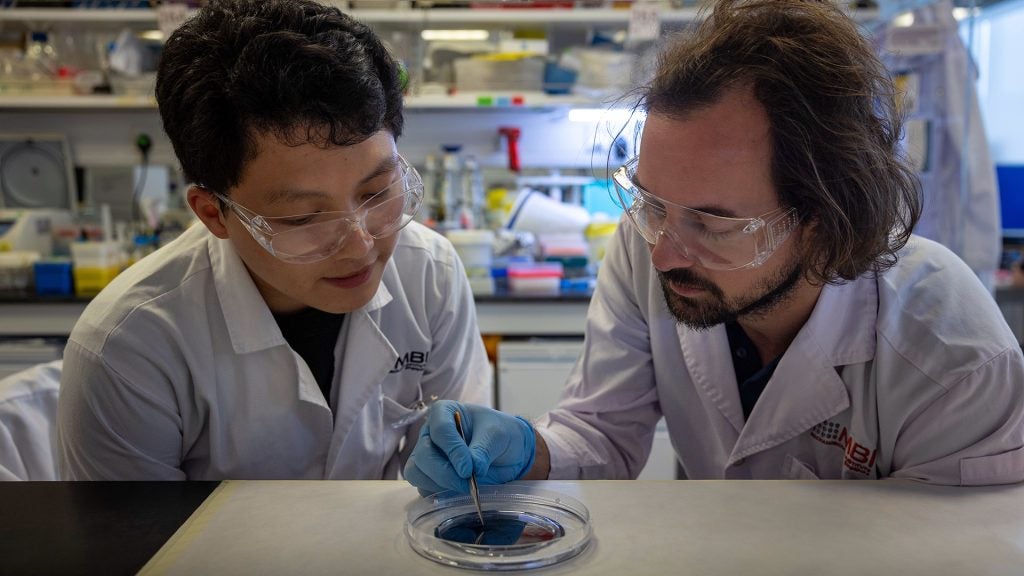
If the world is going to move towards greater use of renewable energy and turn the tide on climate change, then we’re going to need batteries – a lot of batteries.
To be more precise, says Associate Professor Palani Balaya (Mechanical Engineering), we’ll need a new generation of safer and cheaper high-power batteries, able to both store and discharge energy quickly on an industrial scale.
Harnessing renewable energy sources such as solar, wind and tidal is seen as a key step in the race to decarbonise global power production. However, unlike conventional energy sources such as coal, oil, or gas-fired power plants, with renewables the energy output fluctuates in ways that are not easily controlled to meet varying demand.
“With solar cells, for example, frequent intermittent changes in weather conditions such as sunny, cloudy or rainy periods – like we get most days here in Singapore - can drastically impact the energy output generated,” says Assoc Prof Balaya who heads the Alternative Energy Systems Laboratory (AESL) at CDE.
Managing these erratic peaks and troughs in power generation requires a robust means of storing the energy, stabilising output to ensure a reliable, continuous supply of power that can be delivered when it is needed.

‘Thermal runaway’
“Lithium-ion batteries are one option and are a familiar, proven technology that has been around for several decades,” says Assoc Prof Balaya. “But they also bring with them several challenges.”
“For example, if exposed to damage or abuse lithium batteries are prone to what’s called ‘thermal runaway’ which can lead to explosive fires,” he says. “That’s why we have safety restrictions about taking them on aeroplanes.”
“Another challenge is that the global supply chain of lithium is very constricted, both in terms of where geographically lithium ore is found and which countries can refine that ore into a form that can be used in batteries. China, for instance, currently controls around 60 per cent of the world’s refined lithium. It has very sophisticated lithium processing capability and is very protective of that technology.”
Offering a promising and safer alternative to lithium, Assoc Prof Balaya is spearheading research into high-power, safer sodium-ion batteries.
“Compared to lithium, the advantages of sodium are evident: it's chemically and physically quite similar to lithium but is significantly cheaper and abundantly available almost everywhere,” he says.
More importantly, sodium-ion batteries are also far less prone to thermal runaway, making them far more attractive for use as residential energy storage systems.
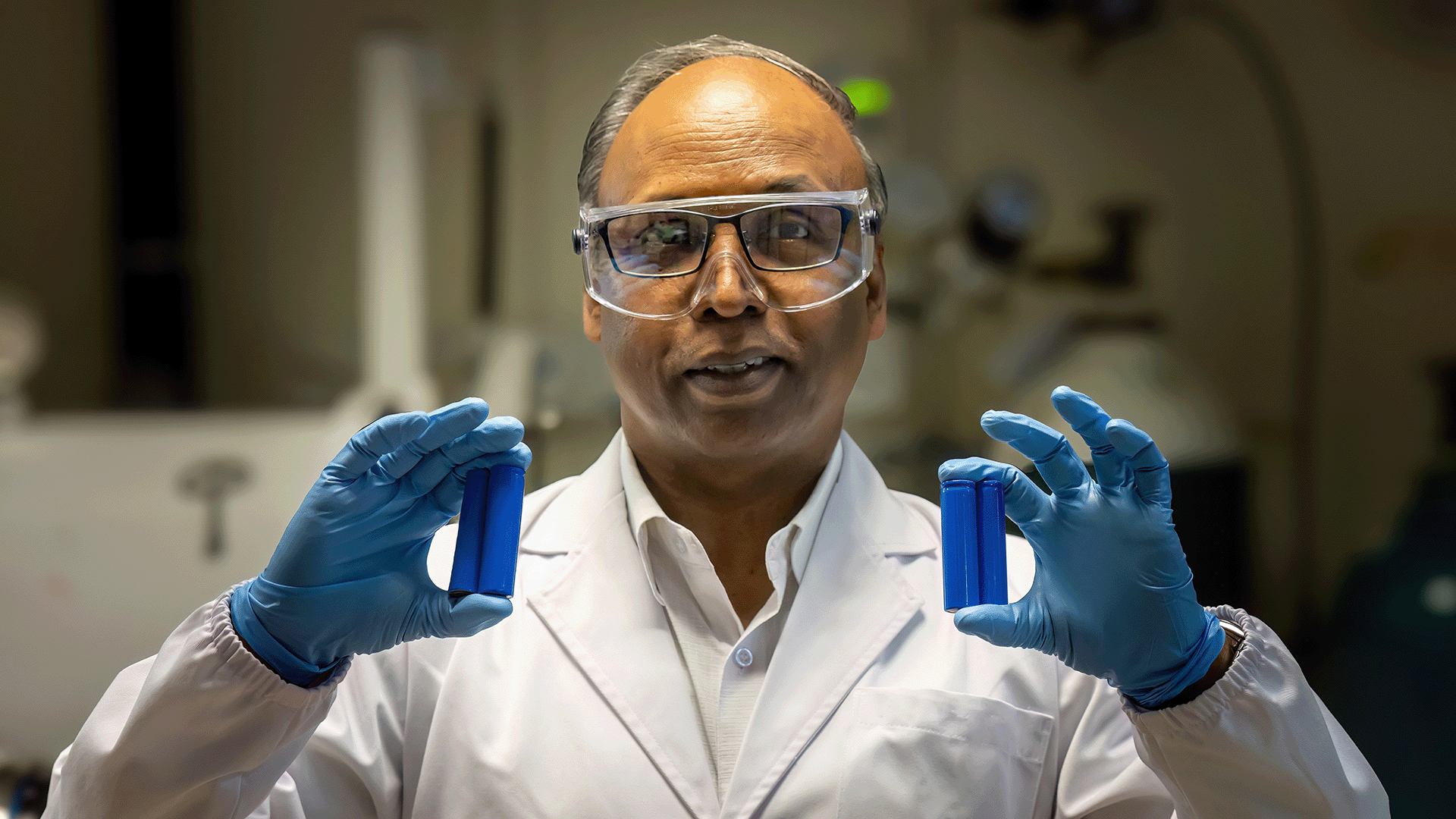
'Long-lasting and highly reliable'
Using a high-flashpoint solvent known as glyme as the electrolyte, Assoc Prof Balaya and his team have developed a battery that is significantly less prone to fire than traditional lithium-ion batteries which use flammable organic liquid electrolytes.
In a further innovation, the team have also developed a novel design of positive electrode that enables batteries to be charged and discharged more than 30,000 times retaining 50% of its capacity.
“This demonstrates that we can advance sodium-ion battery technology to make cells that are not only much safer than lithium-ion devices, but which are also just as long-lasting and highly reliable,” says Assoc Prof Balaya.
Moreover, by adding zinc to the robust positive electrode material, the research team has discovered they can improve the power storage capacity of sodium-ion batteries, enabling more rapid discharging and repeat charging without significant loss of power.
“With intermittent renewable energy such as solar energy or wind energy, fluctuations in power generated can change significantly in just minutes,” says Assoc Prof Balaya. “So if we’re going to make real use of renewables we need energy storage systems, or ESSs, that can be rapidly charged and discharged, continuously, and over a sustained period.”

The one disadvantage with sodium-ion batteries, he says, is that they are slightly larger when comparing watt-hours per kilogram. But bearing in mind how much safer they are compared to lithium-ion batteries, this is a relatively minor consideration, especially for stationary energy storage applications in people’s homes.
In any case, Assoc Prof Balaya’s main focus is on producing stationary ESSs for use in large-scale storage plants or in residential situations, rather than batteries for electric vehicles where space is more of an issue.
“Many people are reluctant to place lithium-ion batteries for energy storage say in their home basement because of worries about fires,” he says. “But if we can demonstrate that sodium-ion-based ESSs are significantly safer, then we can really begin to exploit the full potential of renewable energy sources.”
Aside from residential use, another key market Assoc Prof Balaya foresees is data centres, which in a relatively short timeframe have come to account for a significant percentage of global energy use.
“There’s a lot of pressure on the global data centre industry to become greener and use more renewable energy, but operators are reluctant to use lithium-ion batteries beyond a certain capacity because of what they see as the fire risk to their facilities,” he says.
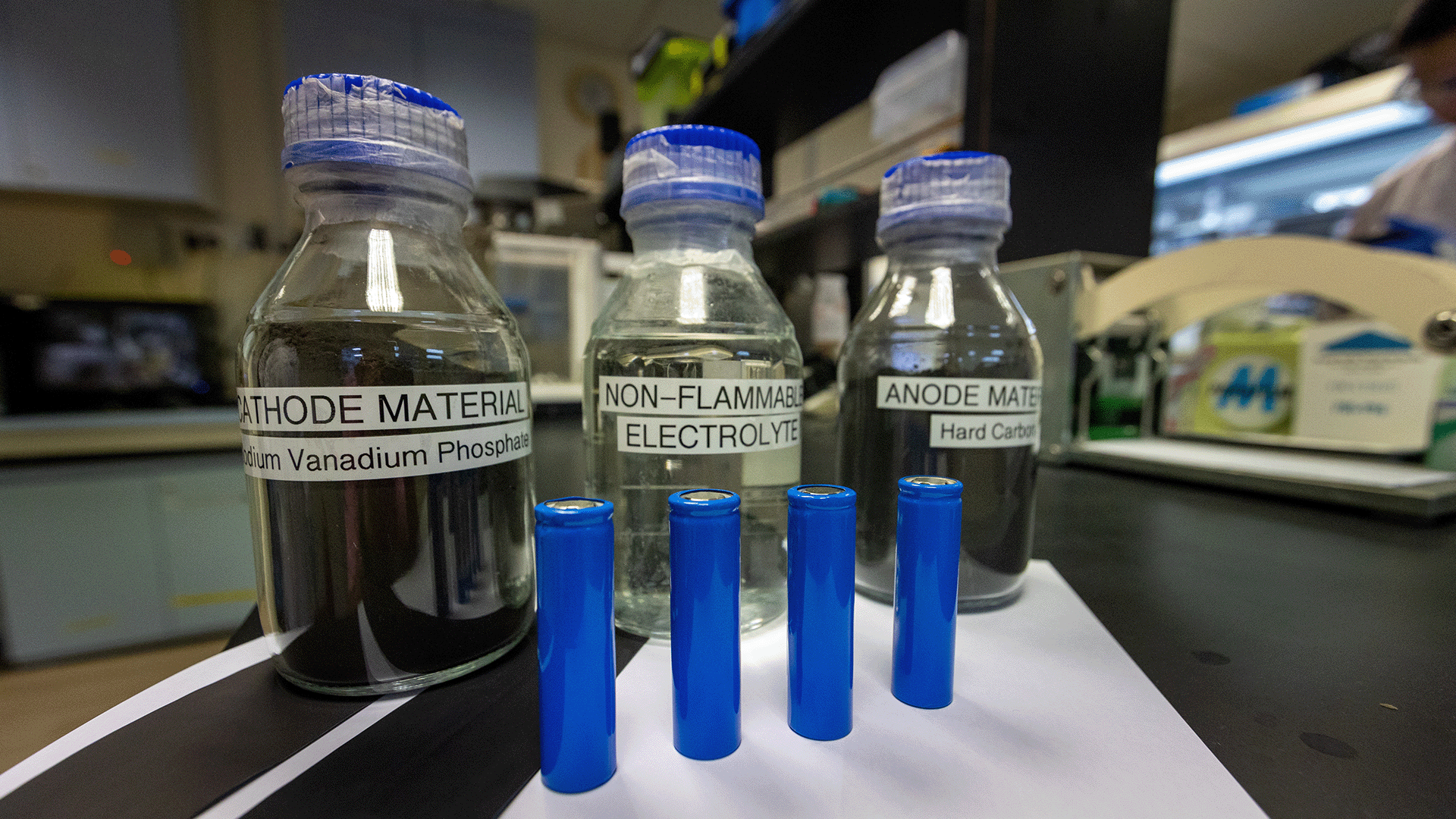
Spin-off company
Going forward, Assoc Prof Balaya and his research team also aim to minimise or even remove entirely components from sodium-ion batteries that are either geographically restricted or potentially toxic.
“We want to produce a safer battery capable of industrial-scale use, but it also needs to be sustainable and not face any supply chain issues,” he says. “After all, there’s no point replacing one material that has geopolitical challenges with another material that has similar issues but from another location.”
To bring the technology closer to commercialisation, Assoc Prof Balaya has launched a spin-off company, SgNaPlus.Pte.Ltd, which aims to transform his team’s research into a proven, commercial product for safe high-power storage solutions.
“Right now we’re at 90-100 Watt.hour per kilogram, and we need to push that to at least 125-150,” he says.
That would push sodium-ion technology slightly ahead of the capacity of robust lithium-ion batteries, an advance that Assoc Prof Balaya believes would mark a step change both in commercial interest and the speed at which the technology develops.
“Unlike lithium-ion batteries, which have been around for some three decades, sodium-ion batteries are still a relatively new technology,” Assoc Prof Balaya says. “So I’m optimistic that there’s a lot of scope for sodium-ion batteries to catch up with and even exceed the competition.”
